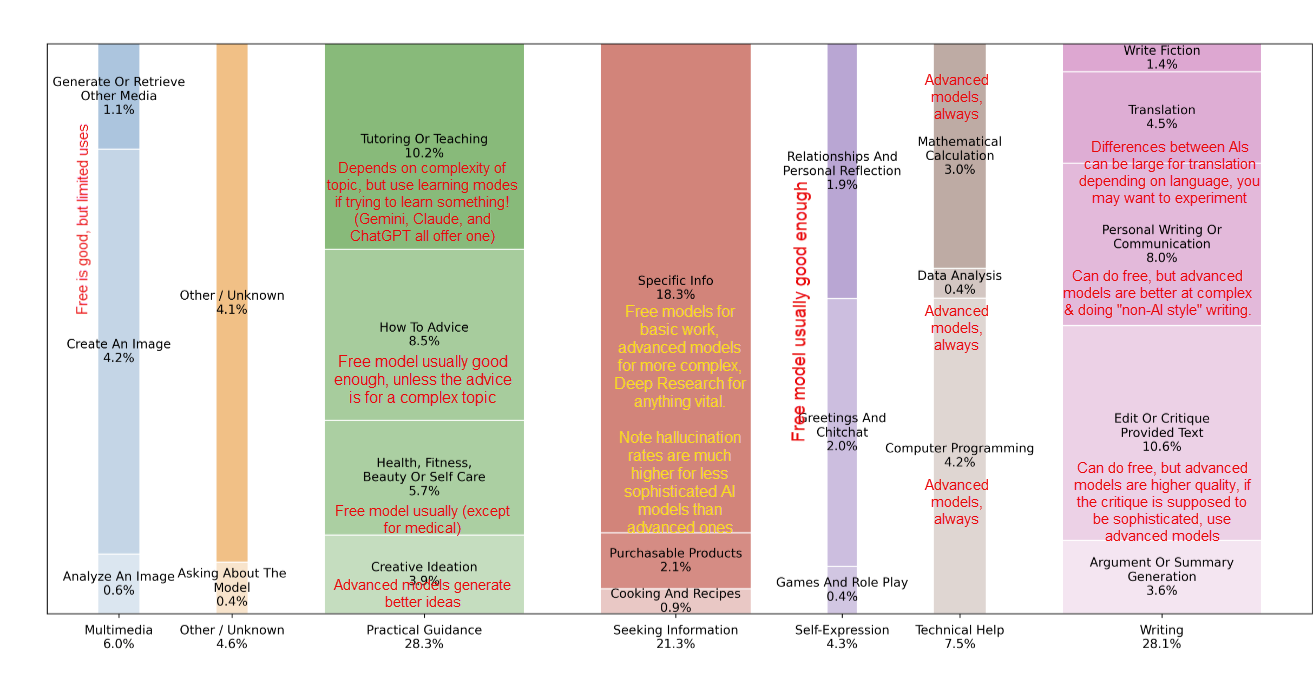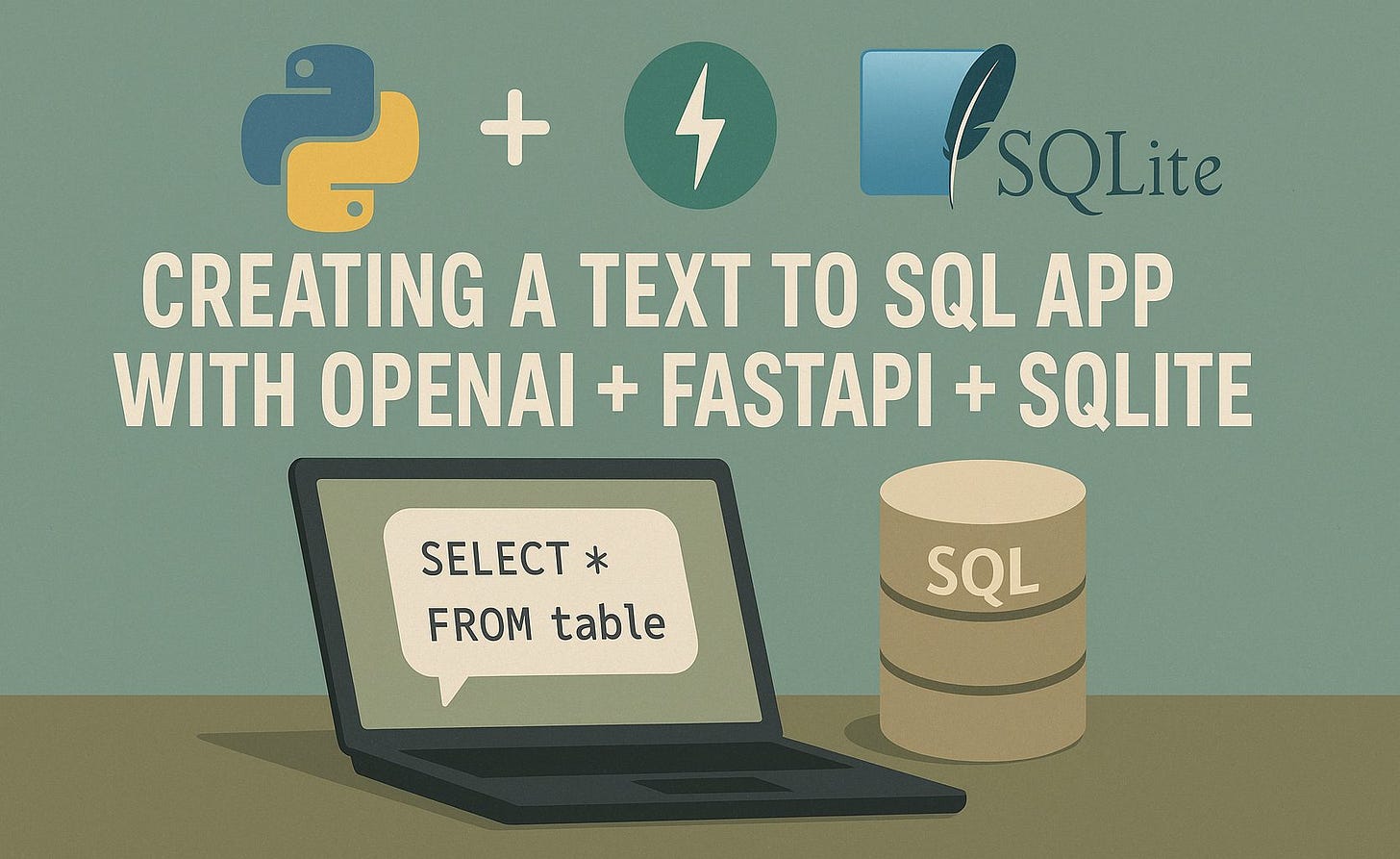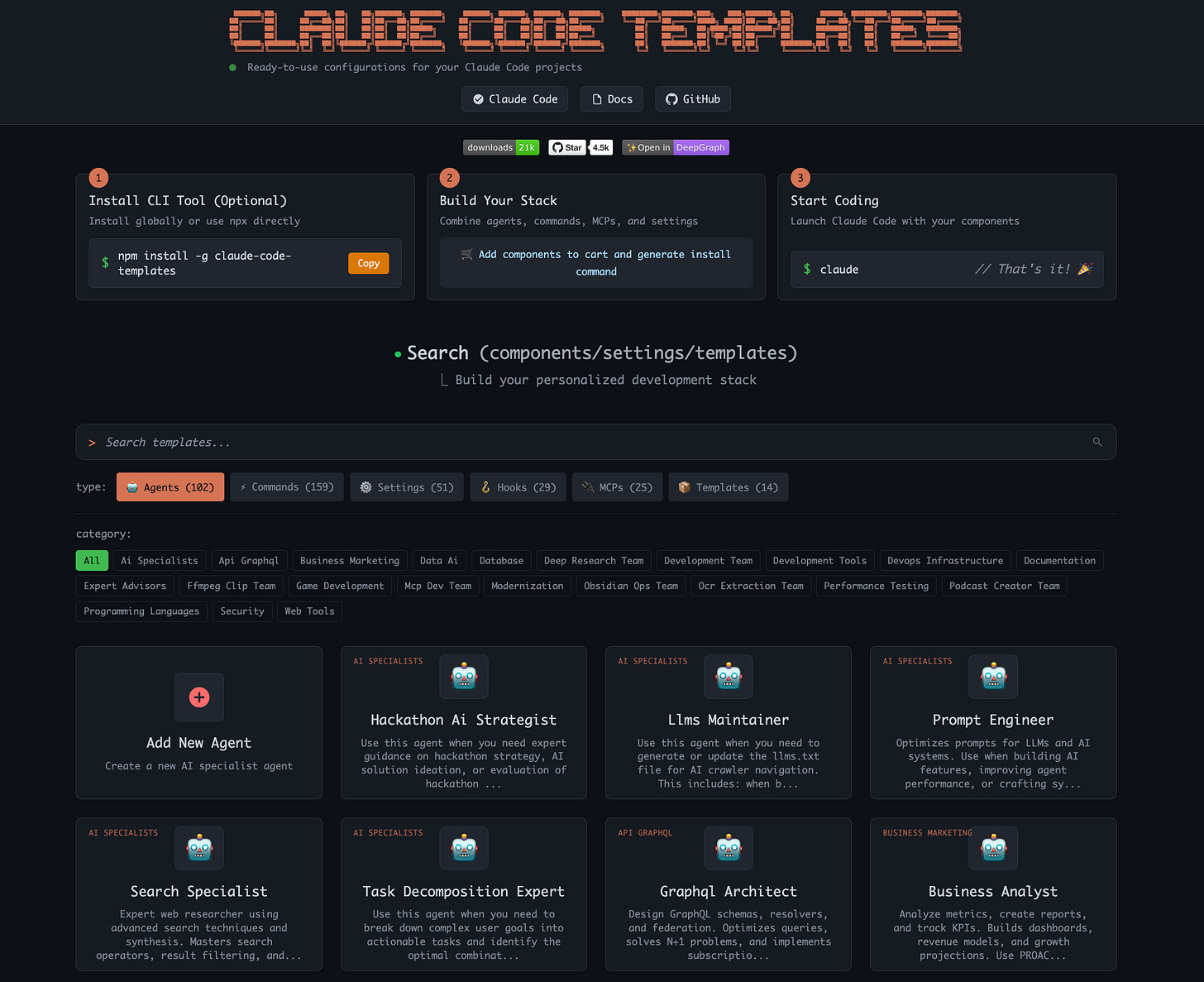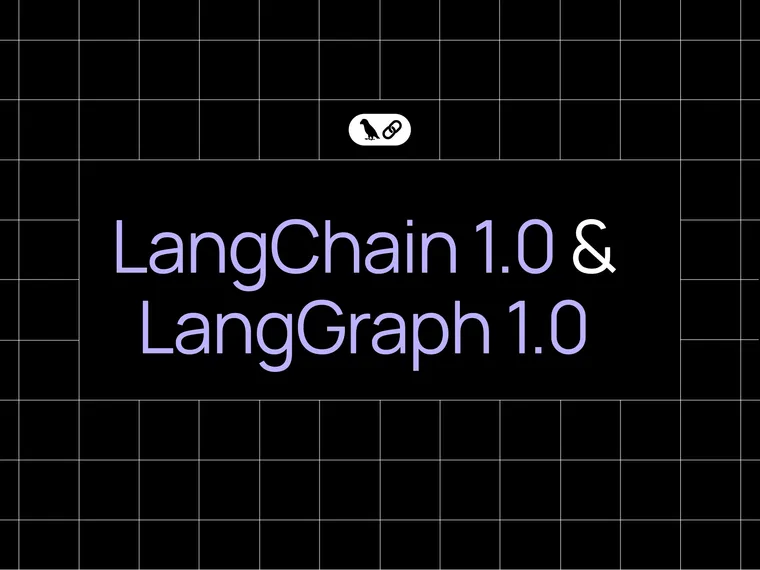Weekly AI review: Building Text-to-SQL Applications with OpenAI and FastAPI
PLUS - The Programmer Identity Crisis in AI Era
Welcome to Altered Craft’s weekly AI review for developers. Thank you for reading each week as we track what matters in this evolving landscape. This edition explores the practicalities of AI coding agents reaching production maturity, from browser-based Claude Code to running eight parallel agents simultaneously. We also cover context engineering and framework stability with LangChain 1.0.
Tutorials
Running Multiple AI Coding Agents in Parallel
Estimated read time: 4 min
Simon Willison shares practical workflows for running multiple AI coding agents simultaneously without overwhelming code review. Launch agents for research, system understanding, low-stakes maintenance, and carefully-specified implementations. Use terminal isolation, YOLO mode for trusted tasks, and async agents for risky work requiring network access. Document your patterns—this field evolves rapidly.
Choosing and Using AI Tools Effectively
Estimated read time: 5 min
Ethan Mollick’s opinionated guide helps developers navigate the 2025 AI landscape. Free models suffice for casual tasks, but complex work demands paid tiers. Choose between chat models for speed, agent models for meaningful work, or wizard models for deep research. Leverage deep research features, multimodal inputs, and data connections. Combat sycophancy by explicitly requesting critical feedback rather than agreement.
Building Text-to-SQL Applications with OpenAI and FastAPI
Estimated read time: 4 min
KDnuggets demonstrates constructing an API that converts natural language into SQL queries using OpenAI, FastAPI, and SQLite. The tutorial covers database connectivity, language model integration with JSON response formatting, and critical safety restrictions preventing destructive operations. Includes Docker containerization for simplified deployment and example queries demonstrating complex data retrieval scenarios.
Spec-Driven Development: Markdown as Programming Language
Estimated read time: 6 min
Tomas Vesely presents a spec driven dev approach to AI-assisted development: writing complete application specifications in Markdown, then having GitHub Copilot compile them into functional code. This four-file structure (README, specification, compile prompt, generated code) addresses context loss in iterative AI workflows. Documentation and implementation stay synchronized automatically, reducing rework and improving design clarity.
Tools
Claude Code Now Available in Browser
Estimated read time: 3 min
Anthropic launched Claude Code on the web for Pro and Max users, enabling parallel task execution across repositories without opening terminals. Run multiple isolated sessions with real-time progress tracking, automatic pull request creation, and GitHub integration. Tasks execute in sandboxed environments with network restrictions and secure Git proxy. Available on iOS as early research preview.
Google Maps Integration with Gemini API
Estimated read time: 2 min
Google introduced Maps grounding for the Gemini API, enabling developers to integrate real-time location data with AI applications. Build contextually aware features that understand spatial relationships without managing separate data infrastructure. This grounding approach reduces hallucinations and improves response quality for geography-dependent queries by anchoring AI outputs to factual mapping information.
Ready-to-Use Claude Code Templates
Estimated read time: 3 min
The Claude Code Templates repository (aitmpl.com) provides a comprehensive collection of AI agents, custom commands, MCPs, and project configurations to enhance development workflows. Access security auditing agents, performance optimization specialists, and integrations for GitHub, PostgreSQL, Stripe, and AWS. Install via NPM with interactive browsing or specific component flags. Includes monitoring utilities and unified plugin management dashboard.
Gemini CLI Adds Interactive Shell Support
Estimated read time: 3 min
In more Gemini news, Google upgraded Gemini CLI with pseudo-terminal support in version 0.9.0, enabling developers to run interactive commands directly within the CLI environment. Execute text editors, system monitoring tools, interactive git operations, and full-screen terminal applications without switching contexts. The architecture uses node-pty to capture terminal snapshots including text, colors, and cursor position in real-time.
Claude Haiku 4.5: Fast, Economical AI Model
Estimated read time: 3 min
Rounding out Claude’s announcements, Anthropic released Claude Haiku 4.5, delivering performance comparable to Sonnet 4 at one-third the cost and twice the speed. Priced at $1/$5 per million tokens, the model excels for real-time applications including chat assistants, customer service, and pair programming. Achieves 73.3% on SWE-bench Verified with significantly better safety alignment than predecessor models.
LangChain and LangGraph Reach Version 1.0
Estimated read time: 4 min
LangChain and LangGraph achieved their first major versions with no breaking changes until version 2.0. LangChain streamlines agent creation with middleware for human-in-the-loop approval, automatic summarization, and PII redaction. LangGraph addresses enterprise needs through durable state, built-in persistence, and workflow recovery. Use LangChain for quick shipping with standard patterns; choose LangGraph for complex automation requiring oversight.
News
AI Responses Consistent Across Languages
Estimated read time: 3 min
Kelsey Piper tested whether language influences AI thinking by posing World Values Survey questions to ChatGPT, Claude, and DeepSeek in six languages. The finding: striking uniformity across languages, with models expressing consistent secular, Western-aligned perspectives regardless of input language. Claude appears to think in English internally before translating final answers, explaining the consistency.
Agentic AI’s Fundamental Security Vulnerability
Estimated read time: 5 min
Bruce Schneier and Barath Raghavan apply Colonel John Boyd’s OODA loop framework to AI systems, revealing an architectural security vulnerability. Modern AI agents operate in adversarial environments where prompt injection isn’t merely a filtering problem—the very mechanism making AI powerful makes it vulnerable. The authors identify an unavoidable trilemma: fast, smart, secure; pick any two. Integrity requires fundamental architectural redesign.
Context Engineering with Hyperlinks for AI Agents
Estimated read time: 4 min
Shifting from concerns to solutions, Michael Bleigh argues that hyperlinks represent an underutilized technique for managing AI agent context efficiently. Like humans navigating documentation, agents can follow links progressively to build contextual understanding. This reimagines HATEOAS for AI consumption, requiring just a URI-accepting tool and entrypoint. Links provide token efficiency, tool consolidation, and just-in-time loading compared to embedding all context upfront.








This article comes at the perfect time, your review of multi-agent workflows is brilliant, yet truly, the stablity of context engineering remains key for production.